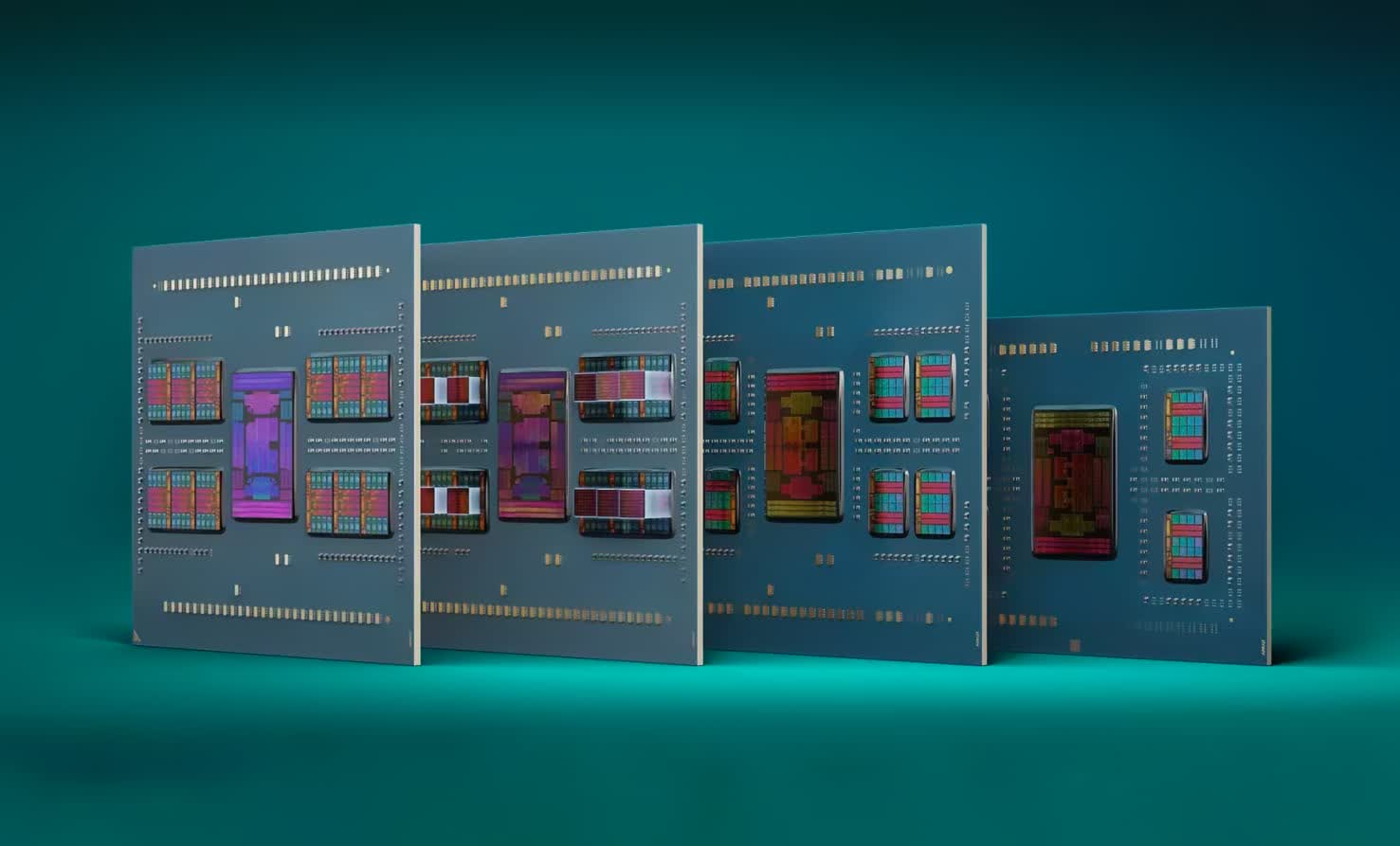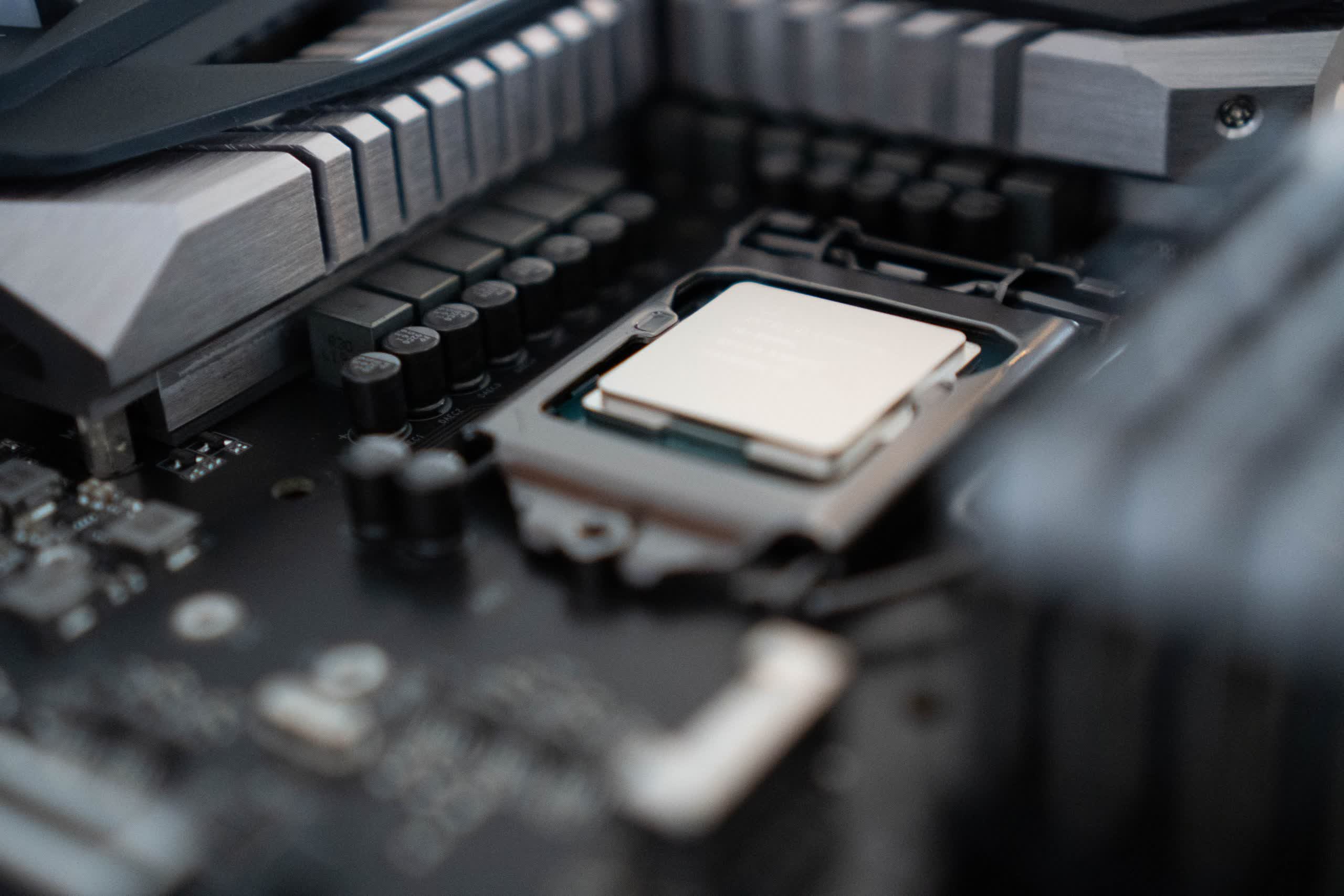Bottom line: In the high-stakes competition for the best server CPUs, Intel's latest entry, the "Sierra Forest" Xeon with a whopping 144 cores is quite the show. However, it's not just about the number of cores, but how you use them, and here AMD's 128-core Epyc Bergamo is still holding all the aces.
Intel's Xeon Sierra Forest, an upcoming server chip with up to 144 efficiency cores, has recently surfaced on Geekbench 6, revealing its multi-core prowess. Set to launch in a matter of weeks, it's ready to rumble with AMD's Zen 4c Bergamo server CPUs and Arm-based server chips.
The test shows off a dual-socket setup, with two 144-core CPUs, effectively creating a 288-core system. However, it's important to note that Geekbench recorded this as two separate 144-core CPUs. Intel's ambition doesn't stop there, as they have also announced a staggering 288-core version of Sierra Forest, promising even more power and efficiency
The latest Xeon's performance with a multi-core score of 7,770 is quite impressive, especially when you compare it to Intel's own Xeon Platinum 8480+, which usually scores between 6,500 and 7,500. However, its single-core performance of 855 falls short when compared to AMD's Epyc 9754. This is because the Sierra Forest's 144 Glen E-cores are purposefully designed for efficiency rather than speed, unlike the Xeon 8480+'s 56 Golden Cove performance cores.
| Feature | Intel Xeon (144-core Sierra Forest) |
AMD Epyc 9754 (128-core Bergamo) |
|---|---|---|
| Core Count | 144 | 128 |
| Thread Count | 144 (Efficiency Cores) | 256 (Zen 4c Cores) |
| Single-Core Score | 855 | 1,597 |
| Multi-Core Score | 7,770 | 16,455 |
| Architecture | Glen E-Core | Zen 4c |
| Base Clock Speed | 2.20 GHz | Varies (Depends on specific SKU) |
| L3 Cache | 108 MB | 256 MB |
| L2 Cache | 64 MB | 128 MB |
| Efficiency Focus | High | Moderate |
| Expected Release | First half of 2024 | Already available |
For its part, AMD's 128-core Bergamo CPU has already set a high standard in the server CPU market with a multi-core score of 16,455. The Zen 4c cores are architecturally identical to Zen 4 but are more area and power-efficient.
Bergamo also shows a multi-core score that substantially outperforms both Sierra Forest and Sapphire Rapids. AMD isn't just pushing boundaries with Bergamo, but setting new milestones in the AI space with their Instinct MI300X, which combines CPU and GPU.

It's relevant to consider that the Sierra Forest result comes from a pre-release chip, which might not reflect its full potential though. Additionally, Sierra Forest might even have some special features that Geekbench didn't catch, similar to how Intel's Sapphire Rapids was chosen for Microsoft Azure over AMD's MI300X GPUs due to its AI-accelerated instructions.
The benchmark does detail Sierra Forest's cache configuration, reporting 108MB of L3 cache. While the L2 cache count is unclear, Sierra Forest likely has a total of 144MB of L2 cache per CPU, combined with the L3 cache, making up for a total of 252MB. This is still smaller than Bergamo's L3 cache, which is 256MB.
In practical terms, choosing between Intel's Sierra Forest and AMD's Bergamo CPUs will ultimately depend on specific server needs. Sierra Forest, with its focus on efficiency and multi-core performance, is like a fleet of electric vehicles. It might not be the fastest on the road, but potentially efficient for the long haul. On the other hand, AMD's Bergamo, with its higher core count and larger cache, is a power-packed SUV, capable of handling all terrains.
